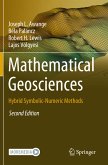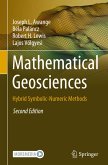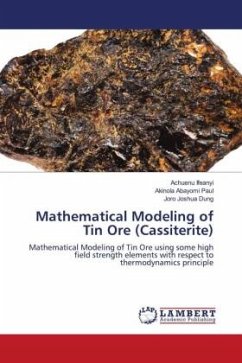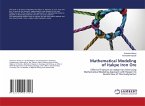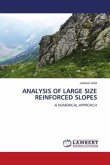This explores the potential discovery of petroleum hydrocarbons in sedimentary rocks or magmatic hydrothermal formations, involving a probability factor. A mathematical modeling approach is employed to assess petroleum hydrocarbons, considering specific elements, minerals, and rocks, determining whether they are of biogenic or abiogenic origin. Utilizing set notation and matrix approach to analyze these elements, three possibilities were formulated to trace the origin of petroleum hydrocarbons: sedimentary origin (biogenic), igneous origin (biogenic), or igneous origin (abiogenic). Mathematically, these possibilities include SiAl (Silicon and Aluminum), TiTi (Tin and Titanium), and NiVa (Nickel and Vanadium). Another significant aspect is the potential presence of Diamond within an igneous body, indicative of mantle composition. The ability of this abiogenic oil to rotate the plane of polarization of polarized light was examined and proven possible through mathematical methods.
Bitte wählen Sie Ihr Anliegen aus.
Rechnungen
Retourenschein anfordern
Bestellstatus
Storno



